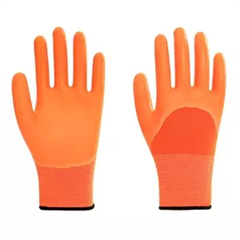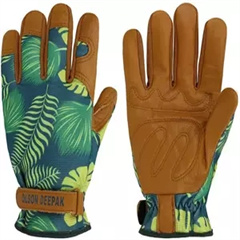Selecting the right shovel for a specific task is crucial for efficient and effective work. Different types of shovels are designed for various purposes, and choosing the appropriate one will make your job easier and more successful. Here’s a shovel selection guide to help you pick the perfect tool for the job:
1. Digging Shovels:
- Round-Point Shovel: A versatile option for general digging, planting, and moving soil. The rounded tip allows for easy penetration into the ground.
- Square-Point Shovel (Flat Shovel): Ideal for cutting through sod, edging garden beds, and moving loose materials like dirt and sand.
- Trenching Shovel: Featuring a narrow, sharp blade, this shovel is designed for digging trenches, ditches, and narrow holes.
2. Lifting and Moving Shovels:
- Snow Shovel: Wide and flat blade with a curved edge, perfect for shoveling snow off driveways and walkways.
- Coal Shovel: Sturdy and wide with a flat blade, used for moving heavier materials like coal, gravel, and soil.
- Grain Shovel (Scoop Shovel): Rounded and deep blade for moving loose materials such as grains, mulch, and gravel.
3. Specialty Shovels:
- Garden Shovel: Smaller and lighter, designed for gardening tasks like planting, transplanting, and weeding.
- Post Hole Digger: Consists of two narrow blades for creating holes for fence posts or planting larger plants.
- Edging Shovel: Long, flat blade with a slight curve, used to create clean edges around garden beds and lawns.
4. Ergonomics and Handle Types:
- Wooden Handle: Traditional and comfortable, but may be heavier and less durable compared to other options.
- Fiberglass Handle: Lightweight, durable, and resistant to weather and chemicals.
- Composite Handle: Combines the benefits of wood and fiberglass, providing durability and reduced weight.
5. Consider the Task:
- Size of Job: Choose a shovel size and type based on the scale of the task. For large landscaping projects, a heavy-duty shovel might be more suitable.
- Type of Material: Different materials (soil, gravel, snow) require different blade shapes and edges for efficient work.
- Grip and Comfort: Ensure the handle provides a comfortable grip and ergonomic design to reduce strain during prolonged use.
- Weight: Consider the weight of the shovel, especially if you’ll be using it for extended periods.
- Soil Conditions: If you’re working with compacted or rocky soil, a sturdy shovel with a reinforced blade might be necessary.
- Budget: While investing in a quality shovel is recommended, consider your budget and find a balance between cost and quality.
6. Test Before Purchase:
- If possible, visit a store and hold the shovels in your hands to get a sense of their weight, balance, and grip comfort before making a decision.
By assessing the nature of the job, the type of material, and your own comfort, you can choose the perfect shovel that will help you complete your tasks efficiently and with less strain.
































